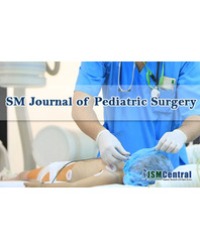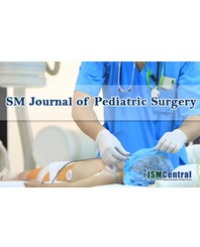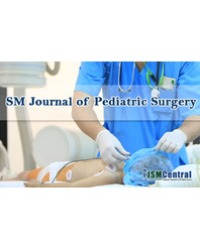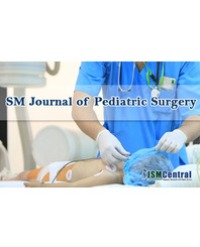
Urodynamic Challenges in Pediatrics
Purpose: To list and comment urodynamic studies in several Pediatric urological diseases and mention possible improvements.
Methods: Give a Pediatric Urologist opinion and review recent selected literature.
Results: The type of urodynamic investigation has a different purpose depending on the urological pathology we want to study and treat. The following are listed and commented: Vesicoureteral Reflux (VUR), Posterior Urethral Valves (PUV), sacral agenesis, occult spinal dysraphism, exstrophy epispadias complex, Prune-Belly syndrome, anorectal or cloacal malformations, dysfunctional voiding and enuresis
Conclusions: Currently urodynamic studies still require research in different ways such as clinical relevance, methodological and interpretational aspects. Nowadays is necessary determine the role, indication, predictive value, and effect on treatment outcomes of urodynamic in the pediatric population.
Jose Antonio March Villalba, MD, PhD¹*




